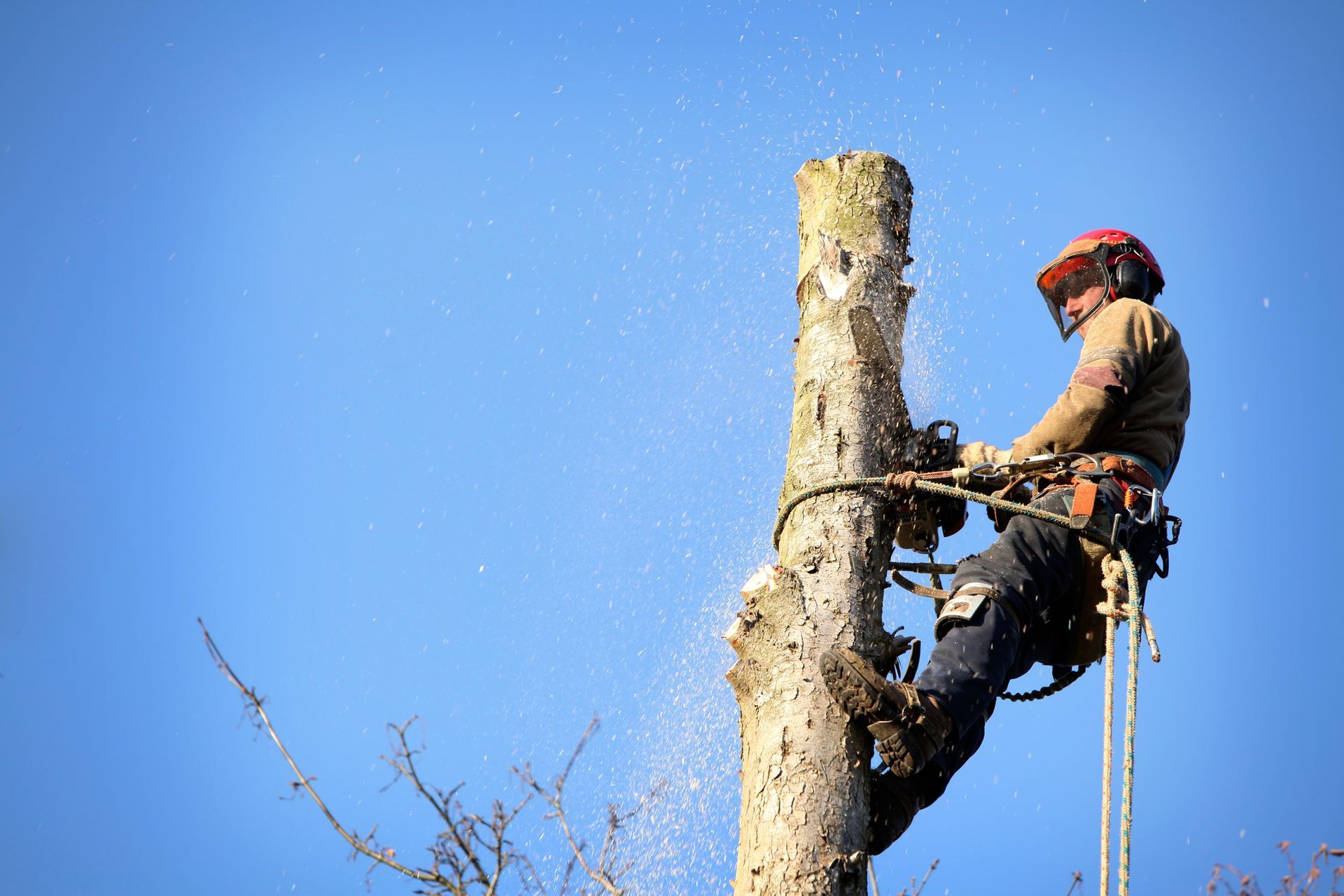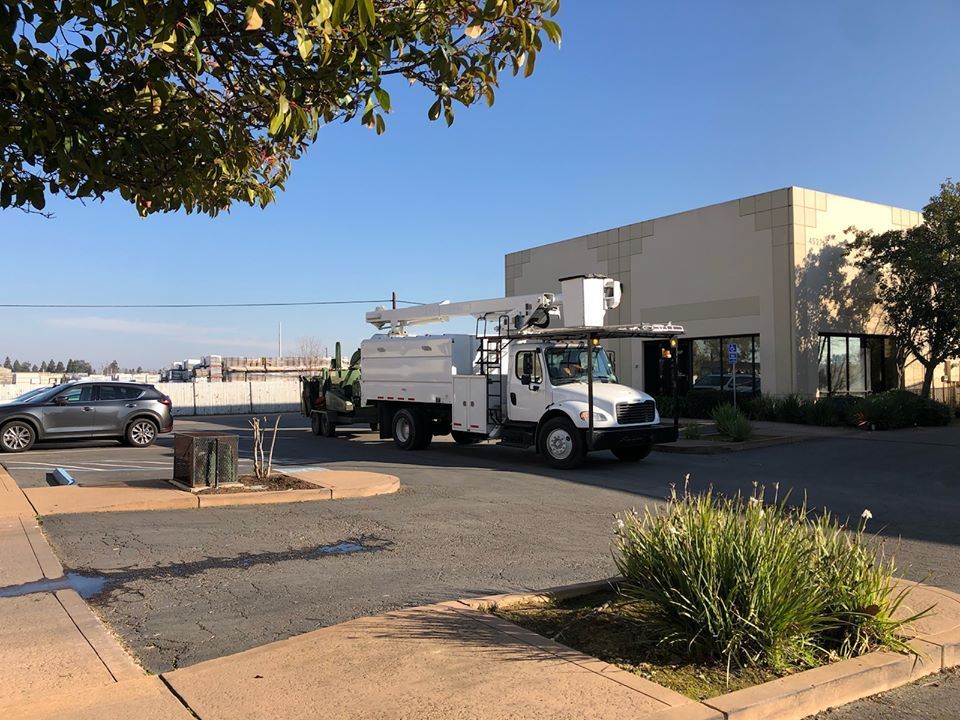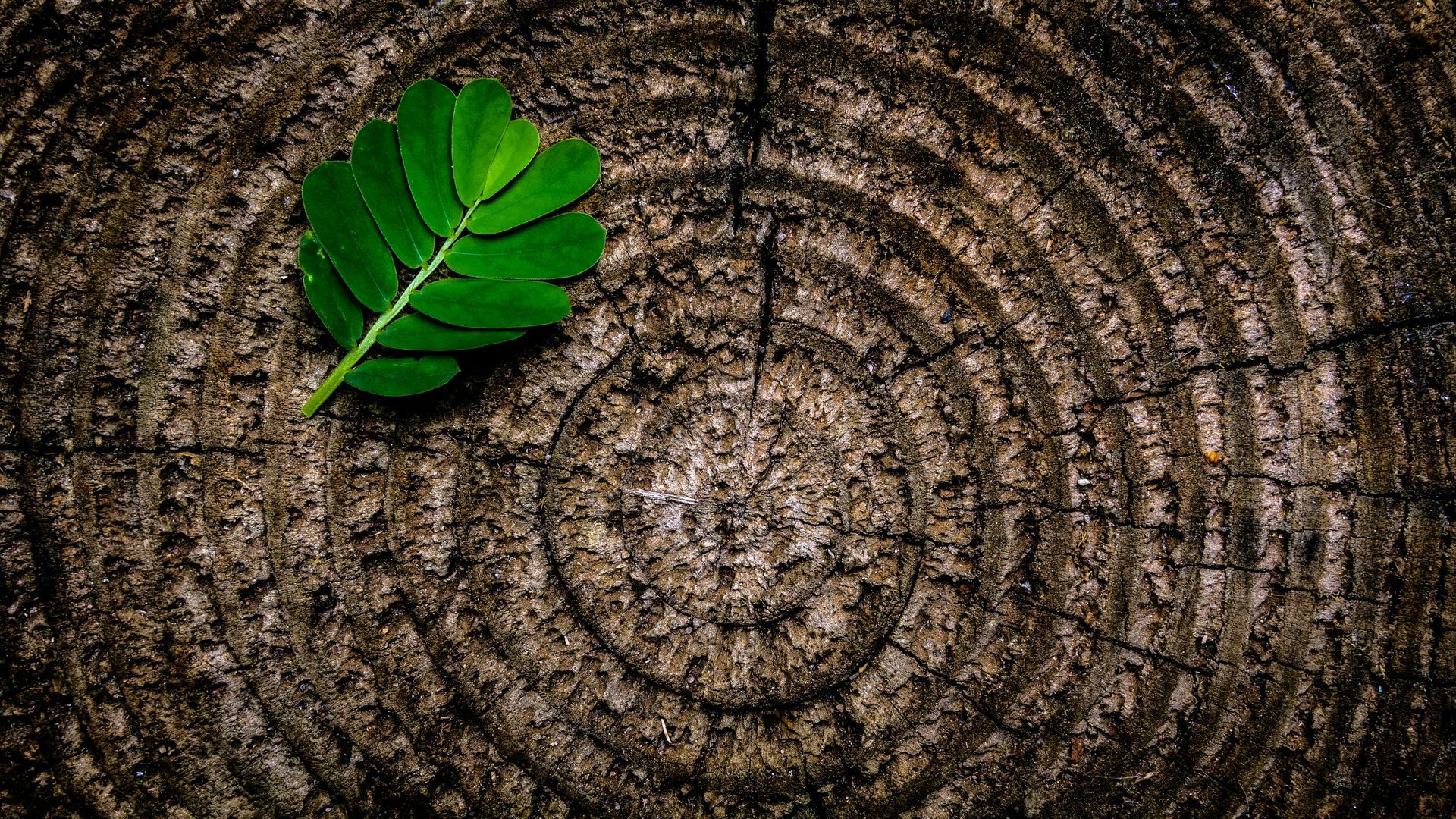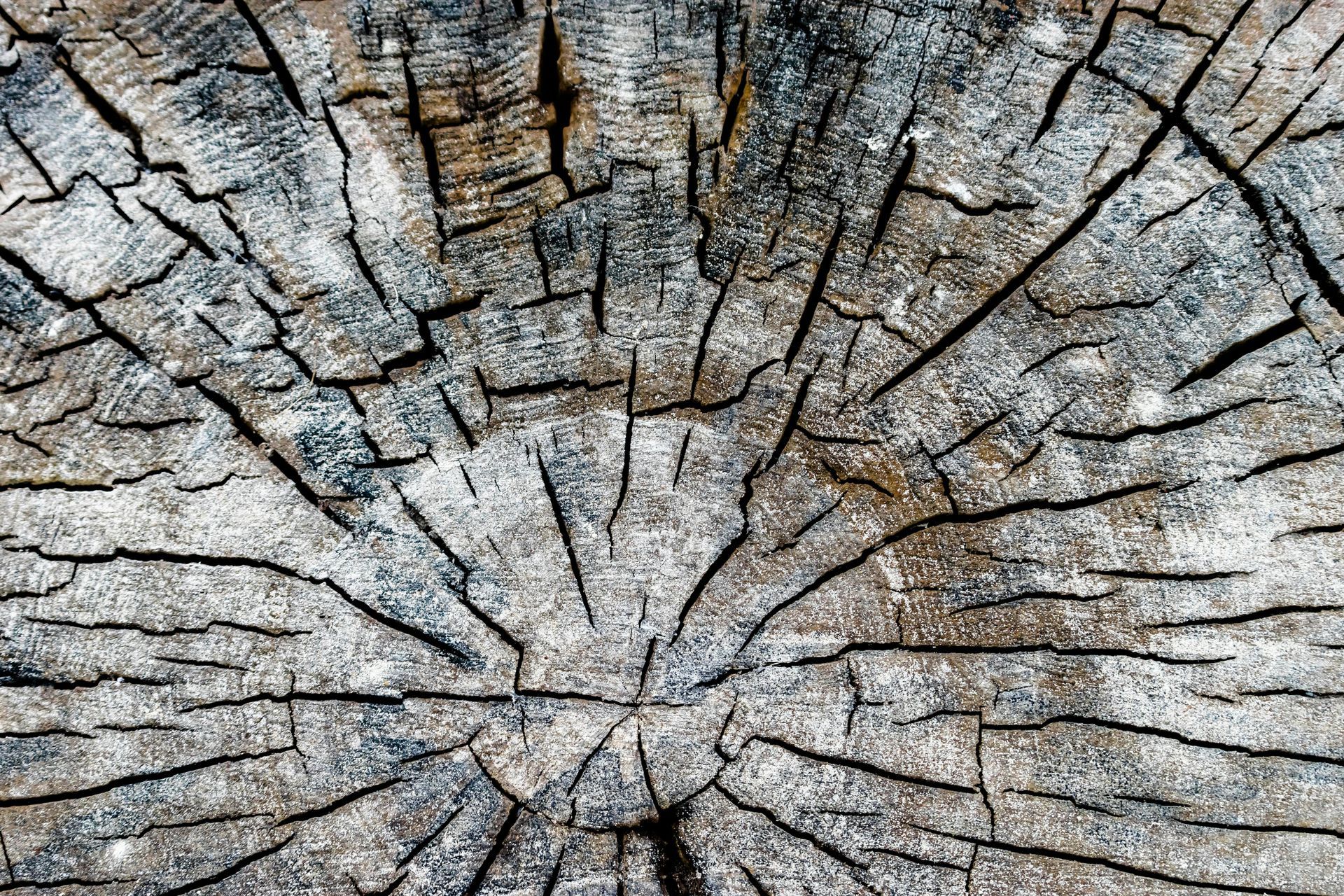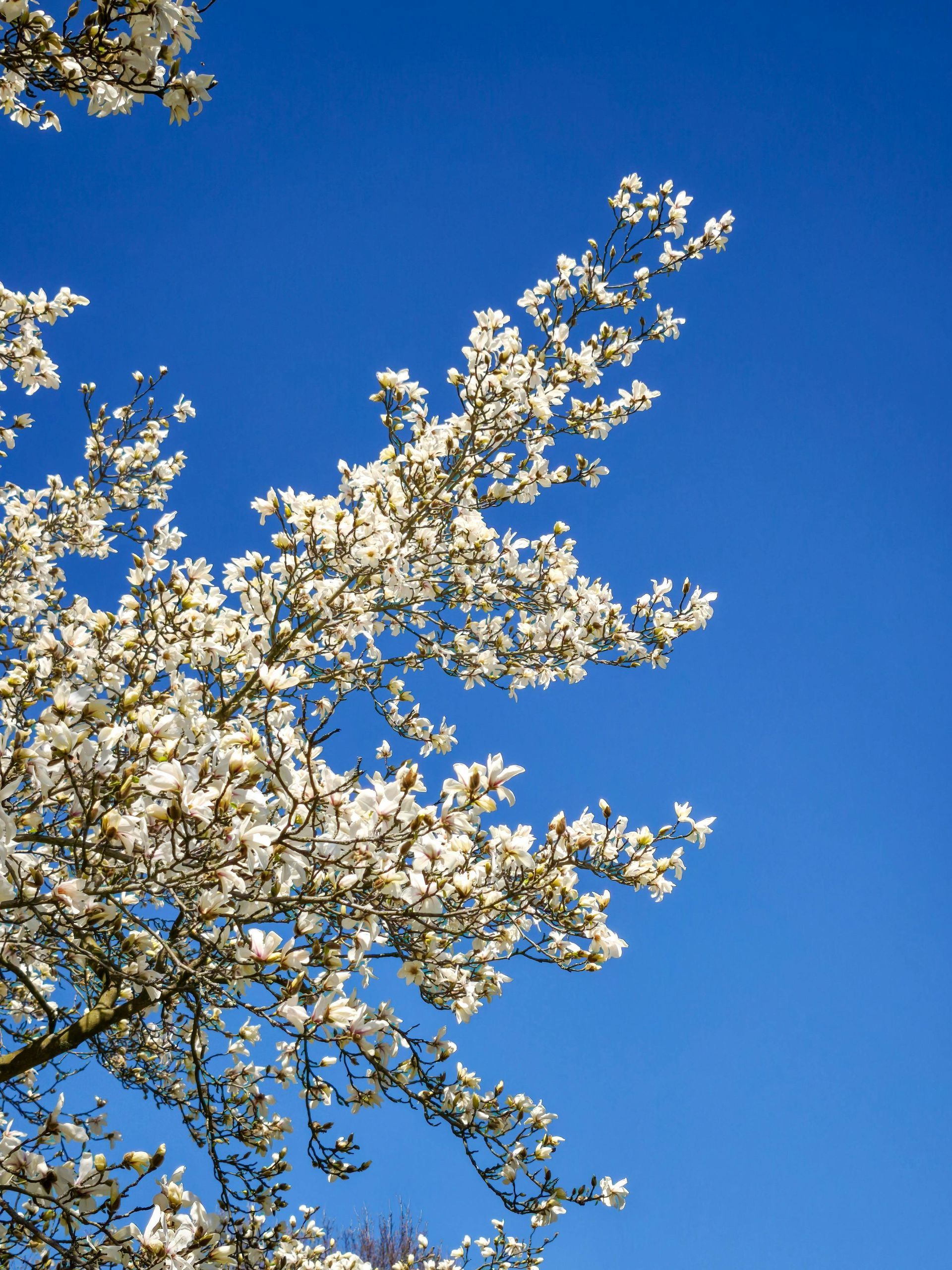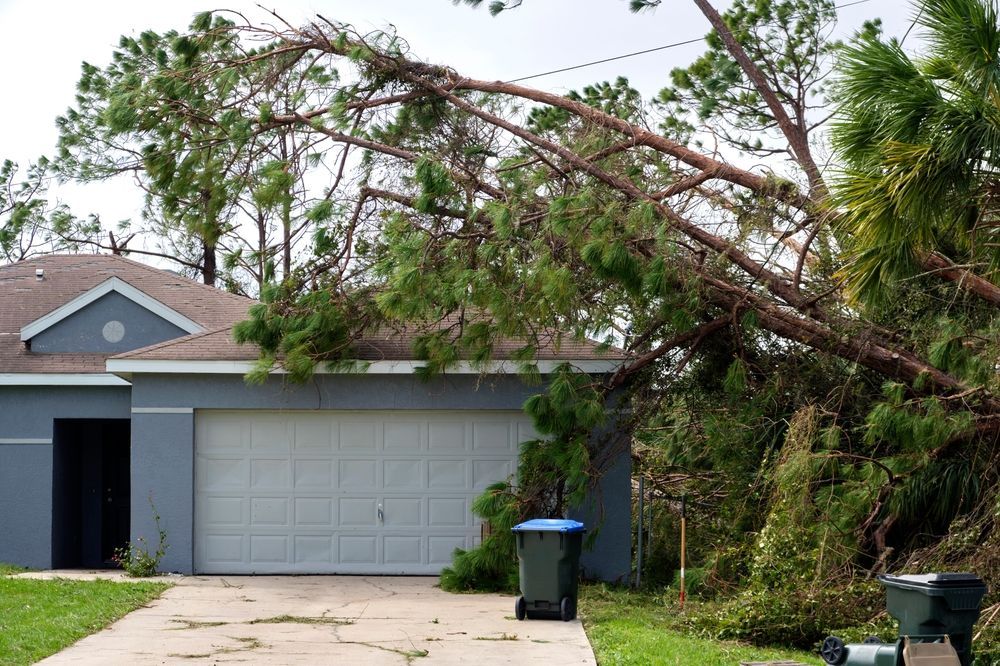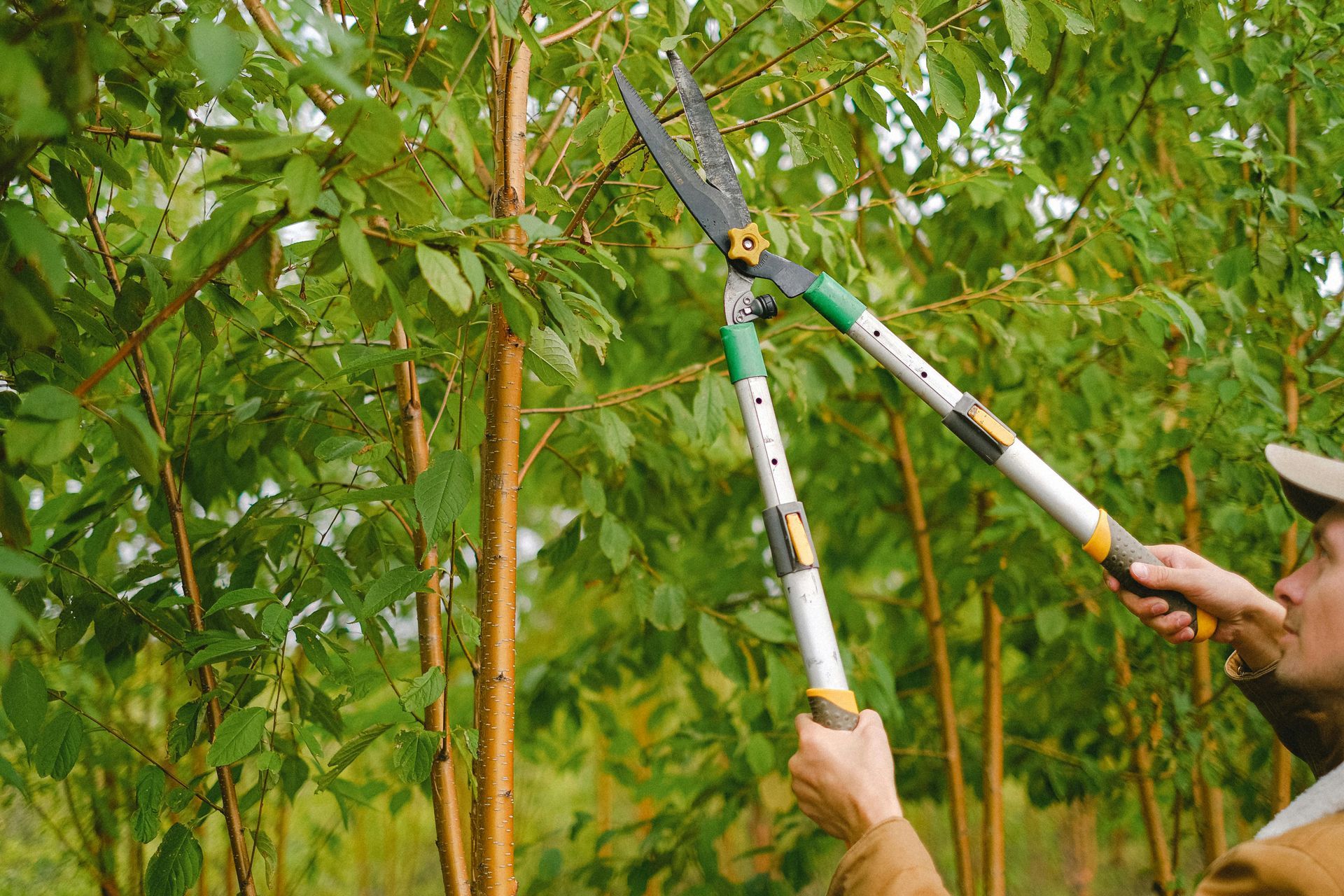Warning Signs that a Tree Is at Serious Risk of Falling During the Next Storm

Strong storms can turn an already weakened tree into a serious safety hazard. A falling tree can cause devastating damage to your home, vehicles, and surrounding property — not to mention the danger it poses to anyone nearby. Fortunately, trees often show signs of instability before disaster strikes. Recognizing these warning signs early and contacting an arborist can make all the difference in preventing storm-related damage. At BP Tree Services, our local arborists are experts at identifying and safely removing hazardous trees. Here are four signs that a tree may be at serious risk of falling during the next storm.
A Noticeable Lean or Shift in Position
A tree that’s leaning noticeably or has recently started to tilt is one of the most obvious signs of potential failure. While some trees naturally grow at an angle, a sudden or increasing lean often means the root system is compromised. Soft, wet soil or high winds can cause a weakly anchored tree to uproot during a storm. If you notice the ground lifting around the base of a leaning tree, contact an arborist immediately for an evaluation.
Cracks in the Trunk or Major Limbs
Deep cracks, cavities, or splits in the trunk or large branches indicate internal weakness that can worsen under the stress of wind and rain. These structural issues can cause major limbs—or the entire tree—to break apart suddenly. Even if the damage looks minor, it could extend deeper into the wood than you can see. A professional inspection can reveal whether the tree can be safely pruned or if removal is necessary.
Root Damage/Soil Disturbance
Roots are the foundation of a tree’s stability, and when they’re damaged or decayed, the entire tree is at risk of falling. Construction work, soil erosion, or compacted ground can all affect root strength. Warning signs include exposed or heaving roots and fungus growing near the base. Because root issues often go unnoticed until it’s too late, any visible root damage should be taken seriously.
Fungal Growth or Rot at the Base
Fungal growth at the base of a tree often means internal decay is taking place. As the wood weakens, the tree becomes more susceptible to toppling during a storm. If you notice soft, spongy wood or visible rot near the roots, don’t wait—schedule an arborist inspection as soon as possible.
Tree Removal in Sacramento, CA
When you need an arborist in Sacramento and the surrounding area, contact BP Tree Services at (916) 722-6321. Feel free to give us a call to arrange an arborist estimate in Sacramento!
